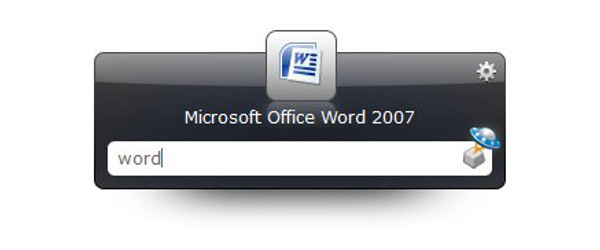
Windows users tend not to be the types seduced by extensive customisation and reams of specialist tools. Customisation is for Linux users, or at least those on Mac. The shame of it is there are some great tools for extending Windows, some making it prettier and some making it more useful. There’s even a few that do both.
So let this serve as your initiation into the world of Windows customisation. And maybe we will entice you onto Linux one day…
Docks

ObjectDock is one of several customisable docks available.
Many Windows users will have looked at the sleek menu that Apple’s customers have used for years and wished they could have access to something so stylish. Admittedly recent Windows versions let you pin programmes to the taskbar, but the effect is still a bit humdrum compared to the sheen of a decent dock.
There are now several different docks available for Windows, some free and some paid for. The premium versions let you manage several configurations, but all support a variety of themes and skins, making your desktop beautiful and the menu a pleasure to use.
Examples: ObjectDock and RocketDock
Desktop organisation
Many people treat their desktop as a teenagers treats his bedroom, icons scattered without form or reason. In their various ways these programmes help you to neaten up things, grouping useful programmes together, setting up gadgets to keep you up to date, and much else besides. You can also use the tools to tart up your desktop.
Examples: Fences, Tiles and Rainmeter

Tools like fences allow users to keep their desktops orderly.
Workspaces
For those who dream of multiple screens but cannot afford the luxury, the next best thing is multiple workspaces. This simulates multiple desktops, allowing you to organise both windows and icons, fully customising the work environment to each task. Some even support multiple screens, for those who need to manage spaces across monitors. It’s ideal for keeping a division between various aspects of your life, or easily switching between activities.
Examples: Dexpot and CubeDesktop

Dexpot and similar programmes allow you to manage your programmes by task.
Folder management
The bundled folder management for Windows is in places cumbersome and unwieldy, leaving a great deal of opportunity for extensions to help you manage your files. These can vary in scope, but at their greatest they offer easy access to the depths of your folders via the right-click menu – far more convenient than navigating the old fashioned way.
Examples: MyFolders, FilerFrog
Search Utilities
Some may question the point of a quick-search application when most of us can seek what we need through the Start Menu, but these are often faster and more efficient. At their best they can turn into a powerful command line, allowing the user to create shortcuts to favourite programmes and run obscure system functions with a few key strokes.
Examples: Launchy, Find and Run Robot (FARR)

Emerge Desktop gives the front of the OS a complete overhaul.
Shells
Considerably more ambitious than many of the other tools here, shells replaces the entirety of Windows Explorer (the programme which you use to access all your files and applications) with a full blown desktop environment. For the end user it is like using a whole new operating system, without the hassle of format your hard-disk and reinstalling everything.
Even so, being free to download and open-source, there may well be teething issues in getting it to work. Recommended for the more advanced user, though not a bad intermediate step before trying out Linux.
Examples: Emerge Desktop, Aston Shell






